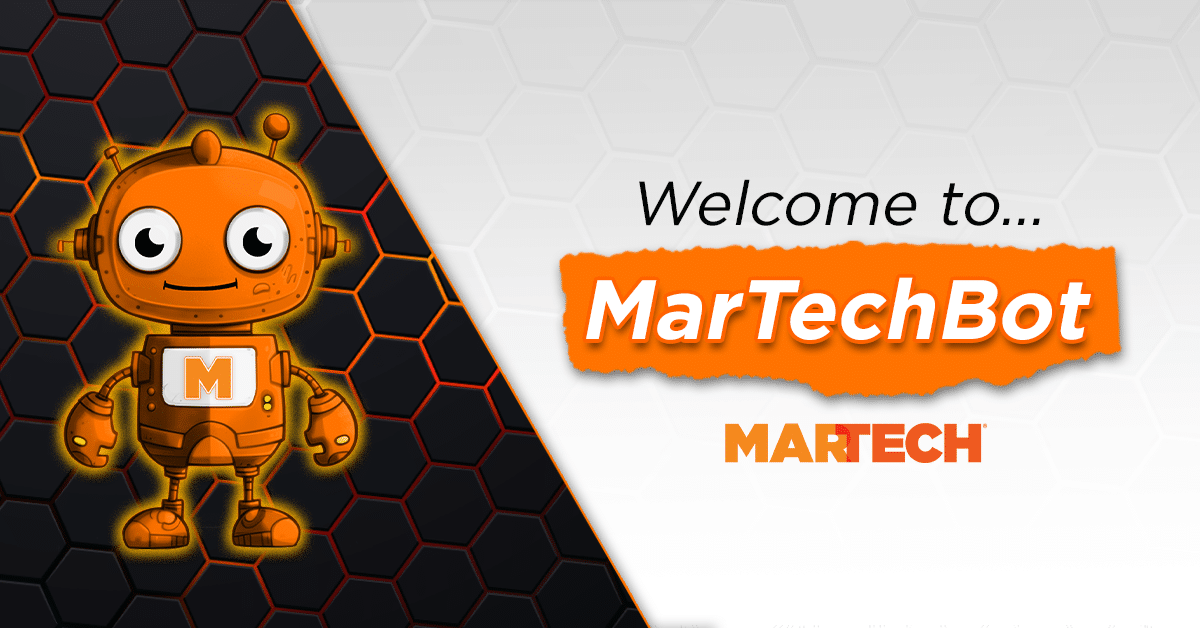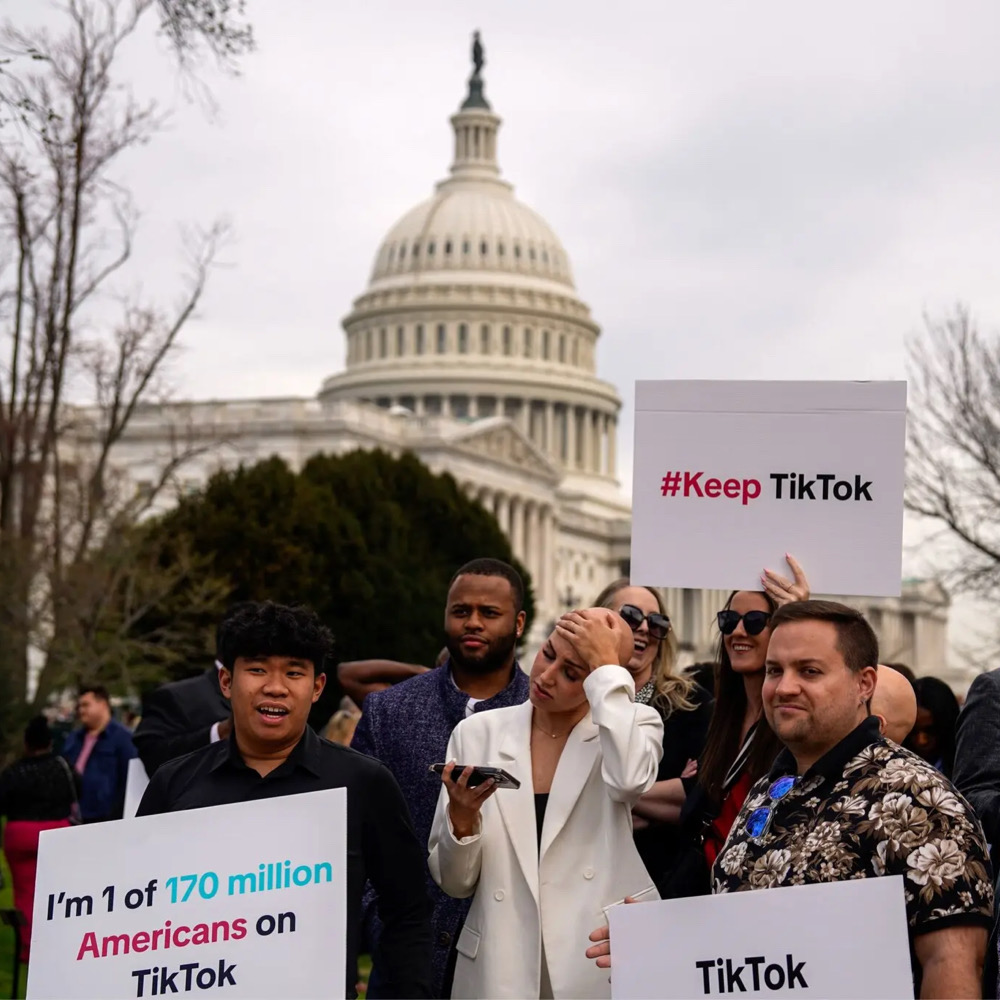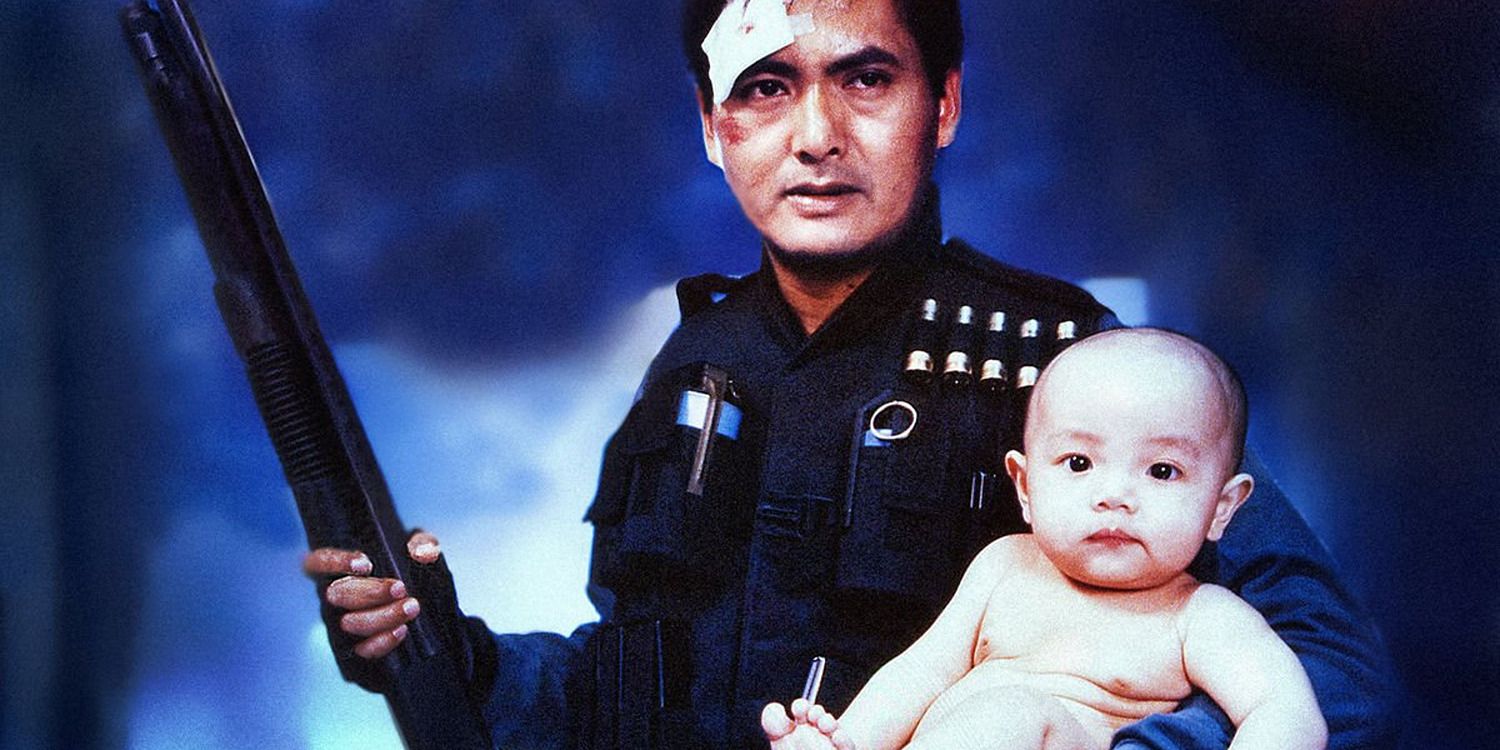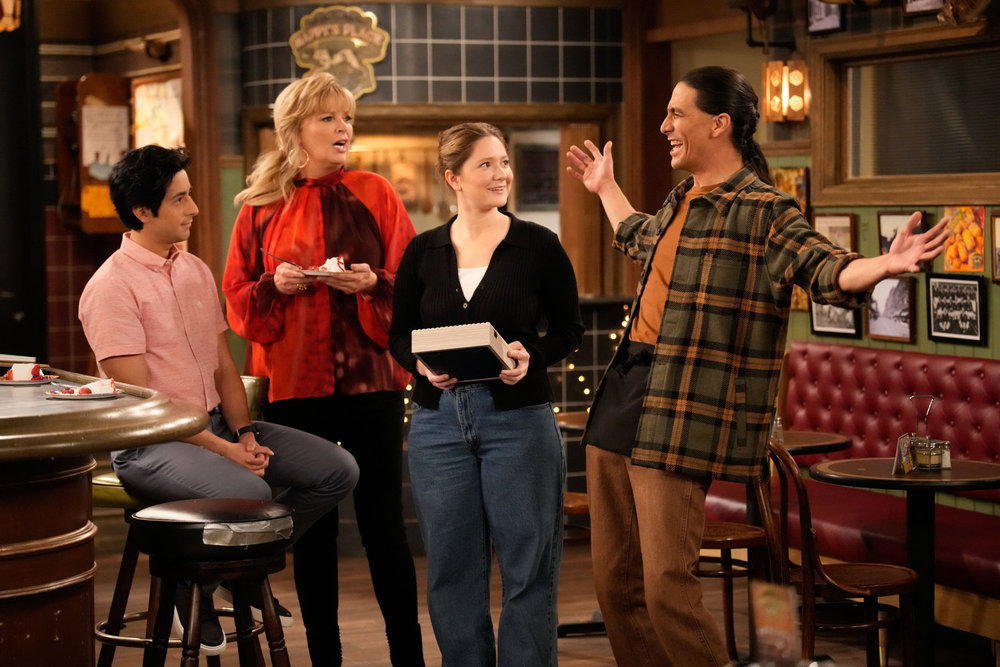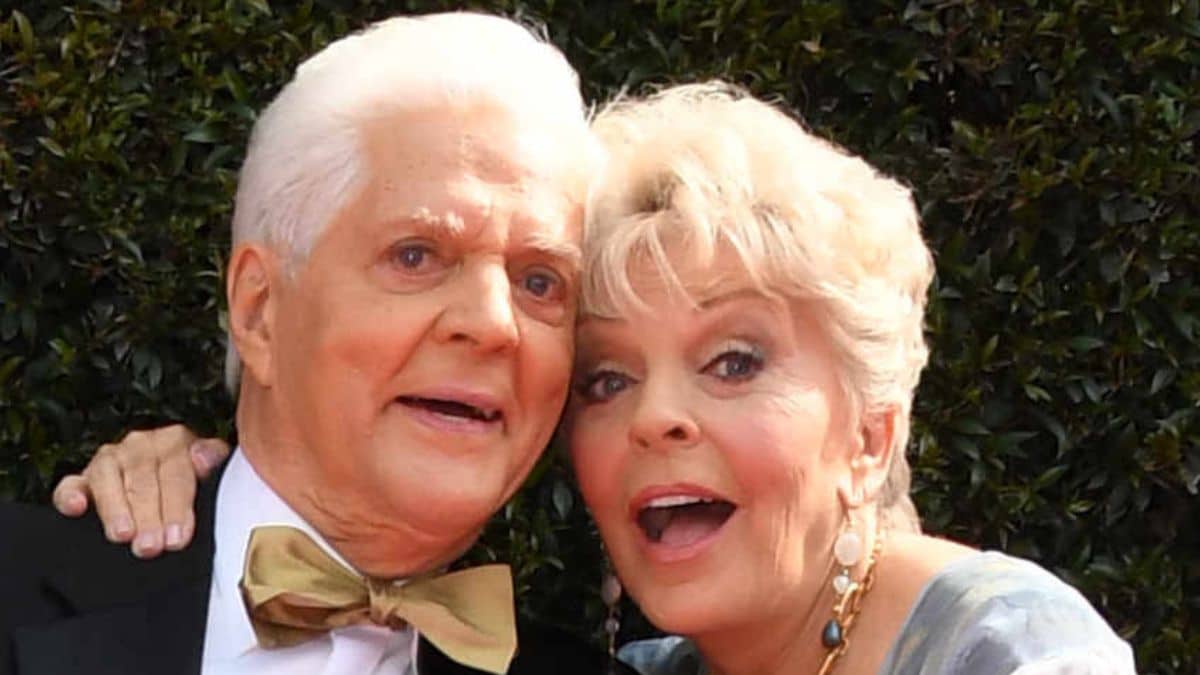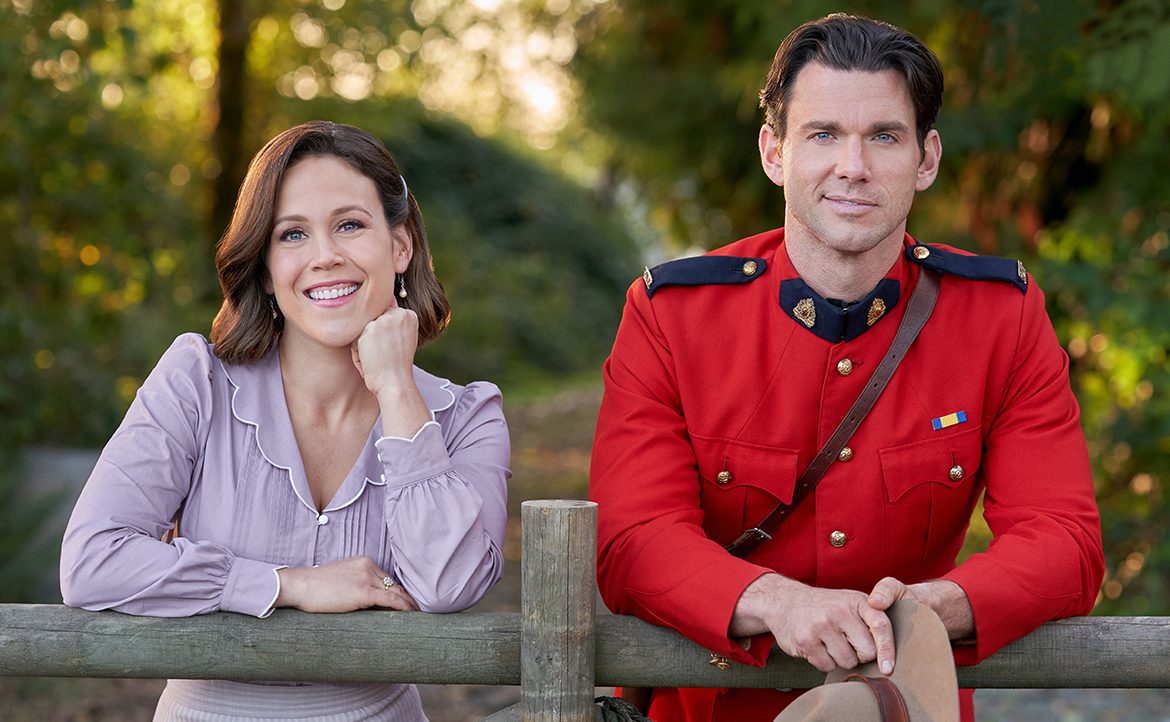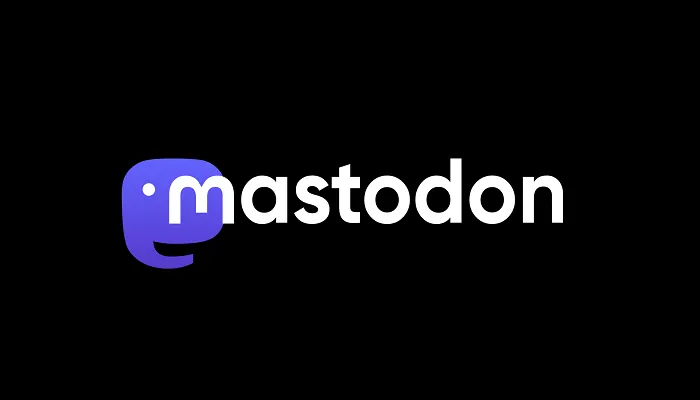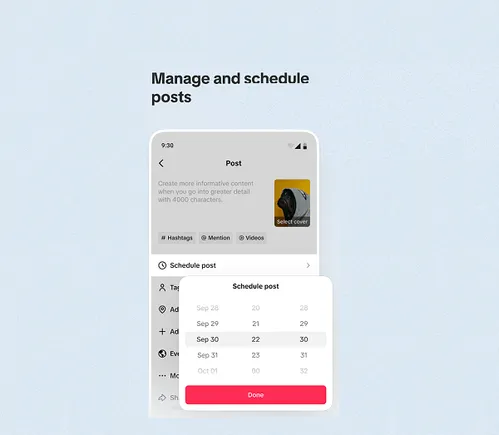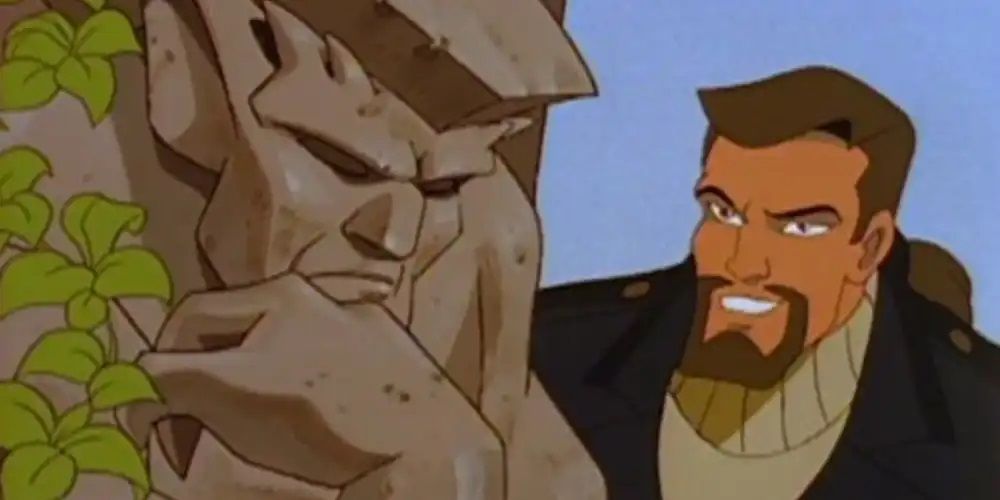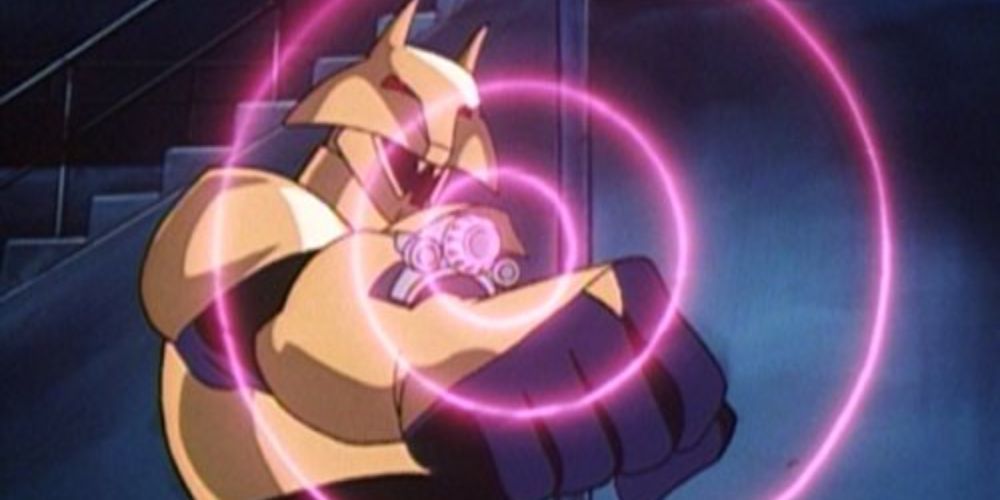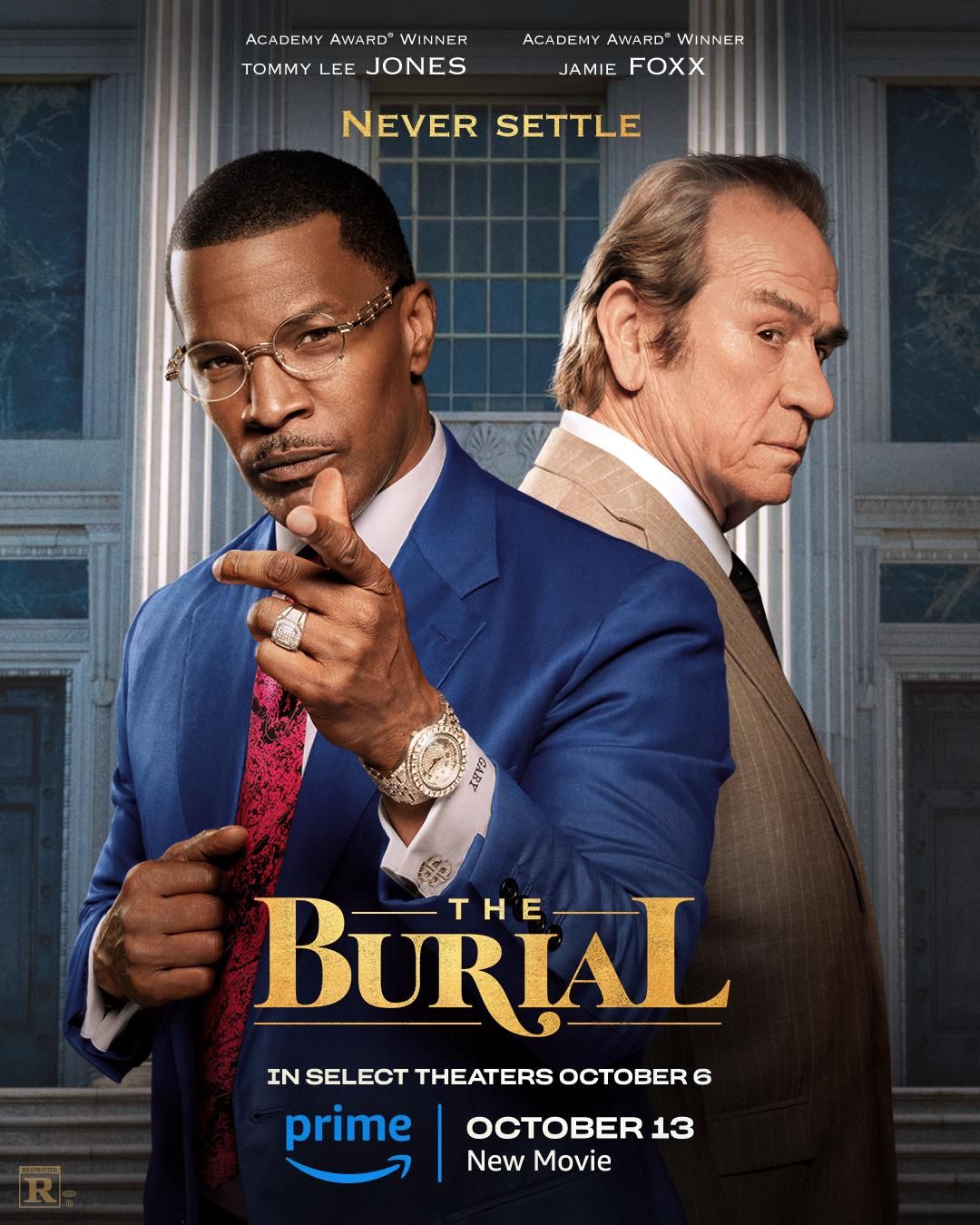In 1994, Disney released something experimental for their Disney Afternoon block: an action series devoid of the company’s usual cute and recognizable characters. With Greg Weisman at the helm, Gargoyles won people over with its complex characters and progressive storytelling. Almost thirty years after it aired, the show maintains a sizable fanbase.
Thanks to this style of storytelling, many of the series’ villains turned into their best characters. The serialized writing style meant their backstories were gradually revealed over multiple episodes, with character arcs similar to those on Batman: The Animated Series. Even the less complex villains left an impression thanks to creative designs and strong writing.
David Xanatos
The man responsible for Goliath and his clan’s awakening in 1994 is a genius millionaire. At first, Xanatos tries to befriend the gargoyles in the hopes that they can help him sabotage rivals. When that fails, he shifts his goals to finding immortality through magic, often tricking the gargoyles into helping him against their better judgement.
Besides being voiced by Jonathan Frakes, Xanatos is well remembered for winning thanks to his mind more than his money. His plans are far-reaching and multifaceted so that if he loses in one area, he wins in another. Sometimes he’s even willing to work alongside the gargoyles if it’s in his best interest or let them go if they managed to pull one over on him.
Demona
Once she was Goliath’s mate, but racial tensions between gargoyles and humans at Castle Wyvern led Demona to betray the humans her clan protected to Viking raiders. Unfortunately, the Vikings slaughtered the majority of her clan, and the survivors were turned to stone by magic. Left alone, Demona’s heart hardened, and she blamed humanity to avoiding responsibility for her actions.
Her well-thought-out backstory, shown in full in the four-part “City of Stone”, makes Demona the most well-defined villain in the show. She is also the series’ primary magic villain, having learned many spells over the centuries. And yet, no matter how much power she amasses, she often ends up sabotaging herself because her hatred of humans has stunted her emotional growth.
Macbeth
Based on the same king who inspired Shakespeare’s play, Macbeth entered into a bargain with Demona, so they could defeat his evil cousin. Demona would later betray Macbeth to his cousin’s son out of fear, but their pact means they can’t die except by each other. Now Macbeth has spent centuries tracking Demona so that he can die, but his single-minded goal often brings him into conflict with the Manhatten clan.
Macbeth is an interesting example of an anti-hero from Disney. He fights honorably and never attacks the gargoyles when they sleep during the day but is also willing to sacrifice all of Manhattan, so he can kill Demona. His voice actor, John Rhys-Davies, really sells Macbeth as a tortured soul desperate for release but too proud to set aside his goals.
The Archmage
Originally a wizard who sought ultimate power, the Archmage was believed to have died facing Goliath who was looking for his spell book. However, he was saved from death by a future version of himself who had obtained the power he always dreamed of. With his future self’s guidance, the Archmage sets in motion events that will lead to him obtaining power and minions to wage war on the magic island of Avalon, where the gargoyle’s children are in hiding.
The Archmage was designed as a one-off villain, but the creative team decided to expand his role after seeing the lateDavid Warner’s performance. Though the time travel relies on bootstrap theory to work, it’s quite shocking to see how many events were orchestrated by his hand. Thematically, the Archmage also works as a villain from Goliath’s past that threatens the lives of his clan’s children.
Anton Sevarius
Tim Curry’s role in Gargoyles is that of a brilliant scientist employed by Xanatos. Unfortunately, Dr. Sevarious is devoid of a conscience or ethics and has no trouble using humans in his genetic experiments. One of his victims is the brother of Elesa Masa, the human friend of the gargoyles.
Curry is well known for playing over-the-top villains, and Sevarious is no exception. His character feels like a modern-day Dr. Moreau, playing god on hapless victims simply because he can. What’s worse, thanks to his connections to Xanatos, Sevarious is often able to escape to create new monsters another day.
Thailog
In an attempt to make his own gargoyles, Xanatos had Sevarius clone of Goliath. As he matured rapidly, Xanatos provided Thailog with advanced education in the hopes of conditioning him. Unfortunately, Thailog picked up on some of Xanatos’ habits and would secure his freedom and a large sum of money by tricking Xanatos, Sevarius, and Goliath at the same time.
A villain with Goliath’s strength and Xanatos’ intellect is a winning recipe. Thailog is deadly physically and mentally, conveyed through Keith David giving a hiding a hint of smugness in his voice. His plans involved manipulating Demona and Macbeth to kill one another and claim their wealth and creating clones of the other gargoyles to rule over.
Oberon
Lord of the Third Race, those born with a tie to magic, Oberon rules the island of Avalon with absolute authority. He nearly kills the gargoyles living there for trespassing but agrees to let them stay after a competition with Goliath. However, they would clash again when Oberon learns of magic in a human infant and comes to New York to take the child to Avalon by force.
Oberon is perhaps the most powerful individual in Gargoyles. He defeated Goliath and his allies twice, once when he wasn’t even at full power, and the best the heroes can hope for is to convince him to hear them out. Oberon’s personality reflects his power: he is arrogant, deals harsh punishments, and rarely changes his mind unless new evidence can be brought forth to prove to him that he was wrong.
Gillecomgain
Loosely based on the real-life Gille Coemgáin of Moray, Gillecomgain was a Scottish peasant whose life would change when he was scarred by Demona. He grew into a powerful warrior called The Hunter and dedicated his life to killing gargoyles. He also worked for Macbeth’s cousin, Duncan, who tasked The Hunter with killing Macbeth’s father in exchange for the high stewardship of Moray.
The story of Gillecomgain is a cautionary tale of vengeance that does not stop with his death. Though he is defeated when Macbeth and Demona join forces, Duncan and his family would take up the mantle of the Hunter. Their descendants would chase Demona through the centuries, which in turn fueled her hatred for humanity.
Iago/Coldsteel
Although a member of the Castle Wyvern clan, Iago loathed Goliath and his rookery brother, Othello, and wanted to claim his mate, Desdemona, for himself. Their remains were used in a ritual by Demona and Xanatos to blend machine and magic, resulting in the cyborg gargoyle, Coldstone. Iago’s consciousness was resurrected alongside Othello and Desdemona, and he would constantly fight for control over Coldstone to kill Goliath until he was given a new robot body called Coldsteel.
Although not a major villain, Iago’s concept helps make him more interesting. On the one hand, we get to see another evil gargoyle besides Demona, this time motivated by desire rather than vengeance. On the other, Coldstone having multiple personalities adds tension with every meeting, as Goliath doesn’t know if he will be talking to the brother he loves or the brother who wants him dead.
Coyote
As part of a plan to get his girlfriend, Fox, out of jail early, Xanatos built a robotic duplicate of himself to spring her mercenary team, The Pack, from jail. The robot, named Coyote, led The Pack against the gargoyles, but in the end, they lost and Coyote was destroyed. However, Xanatos seemed to like his creation and would rebuild it several times, with each iteration larger and more powerful than the last.
While not as deep as others, Coyote is another example of a conceptually interesting villain. It’s fascinating to see a robot who thinks and acts very human-like leading a squad of human mercenaries. Often Coyote’s plans defeat the gargoyles in the first half of an episode and force them to make new strategies to win in the second half.
















